ments
ments Apollo
Processor and memory
CPU: Helio X25 Deca Core
GPU: Mali T880
RAM: 4GB LPDDR3
Internal memory: 64GB eMMC1.5
Memory extension: Yes
Display
Display Type: OGS IPS
Display diagonal: 5.5 inches
Display resolution: 2560x1440 pixels
Multitouch: 5 fingers
Cameras
Main Camera: 21 Megapixel Sony IMX230
* Aperture: f / 2.2
* PDAF
* Dual LED flash
Front camera: 8 megapixel Sony
* Aperture: f / 2.4
* Field of view: 84 °
wireless
WiFi: 802.11a / b / g / n / ac
Bluetooth: 4.0
GPS: Yes
NFC: No.
Sensors
* Brightness sensor
* Proximity Sensor
*Gyroscope
* Accelerometer
* E-Compass
Mobile
SIM: Dual SIM
SIM type: Micro and Nano
2G: GSM 850/900/1800/1900MHz
3G: 900 WCDMA / 2100MHz
4G: FDD-LTE 800/1800/2100/2600MHz
Battery
Battery: 3.180mAh
Quick batch: Yes
Connection: USB Type-C
Other
Fingerprint scanner: Yes
Operating system: Android 6
Size: 15.2 x 7.56 x 0.93 cm
Weight: 188g
1x Vernee Apollo
1x VR glasses with headband
1x Pump-Express Charger
1x USB Type-C cable
1x SIM needle
1x user manual
First impression of the Vernee Apollo
What's in the box
"Built for VR" - Vernee is marketing the Apollo smartphone with this Solgan. The scope of delivery is correspondingly more extensive. In addition to the smartphone, it also includes virtual reality glasses similar to a Google Cardboard. In contrast to the Google cardboard glasses, the Vernee VR glasses are made of plastic. A USB Type-C cable, a “Pump Express” quick charger with EU plug, a SIM needle and a multilingual operating manual are included as additional accessories. A screen protector is already applied at the factory.
Design and workmanship
The design hardly differs from the smaller Vernee Apollo Lite and is somewhat reminiscent of a OnePlus 3 or 3T. The unibody case is still made of brushed aluminum. There are optical changes in both the camera frame and the fingerprint scanner, which are no longer square, but round. Due to the unibody design, the back is not removable, which is why the battery cannot be changed.
Vernee uses a 2.5D curved glass as the display glass. This means that the edges of the display glass are rounded, which makes the smartphone appear visually sleeker. A notification LED is located above the display. This is not configurable and only lights up in the colors red, green and blue. You won't find any capacitive control buttons below the display. Vernee prefers to use virtual display keys, although there would have been enough space below the display. It's a shame - the empty black bar under the display remains the only point of criticism about the pretty good-looking Vernee Apollo.
The processing is nothing to complain about. The unibody metal housing is neatly worked out. There are no unsightly or sharp edges. The same applies to the two SIM card slots. The power button on the side and the volume rocker, which are also made of metal, sit firmly in the housing. Even with fast movements, the keys are not noticeable with no annoying rustling. The pressure point of the keys is not objectionable.
Display
As befits a VR smartphone, the Apollo uses a 2K OGS IPS panel. The name "OGS" stands for "One Glass Solution", which means that the display and touch panel are connected to each other without a second layer of glass. This means that smartphones can be produced thinner and lighter.
With a display diagonal of 5.5 inches and a resolution of 2560 x 1440 pixels, the Vernee Apollo achieves a point density of 534 DPI. There are hardly any advantages over a full HD panel. On the one hand, the smartphone is better suited for VR applications, on the other hand, the high resolution also increases energy consumption, which leads to lower battery life. Regardless of whether you have a 2K or Full HD panel in front of you, with a 5.5 inch display diagonal, individual pixels cannot be recognized either way.
The display scored points in a test phase lasting several weeks. After switching on for the first time, the display appeared cold and the colors looked a bit pale. However, there is “MiraVision” within the display settings, which can also be used to adjust the color temperature later. The viewing angle stability is convincing. The display is not distorted even at extreme viewing angles. The maximum display brightness is also nothing to complain about. The touchscreen recognizes up to 5 simultaneous inputs. All inputs were recognized precisely in the course of the test. So-called “ghost touches” did not make themselves felt. To what extent Vernee uses a high-quality screen protection glass is not known. The display glass did not get any scratches when it was used daily in your pocket.
Virtual Reality
VR applications should be the focus of this smartphone. The VR glasses included in the scope of delivery provide initial incentives in the direction of virtual reality. The processing quality is good and the wearing comfort fits. Even the lens distance can be adjusted individually, making the glasses suitable for people with ametropia. What the Vernee VR glasses are missing, however, is a magnetic switch. The Google Cardboard app, for example, cannot be controlled without a magnetic switch. A QR code with which the Cardboard app can be adapted to the glasses is missing. However, the app and glasses can also be used with the standard settings without any problems.
In practice, virtual reality with the Vernee Apollo's 2K display is a damn cool affair. The fly screen effect (see pictures), which usually tarnishes the VR experience, is barely noticeable. Even so, the Apollo isn't the best choice for VR. Smartphone is not compatible with Google Daydream!
- Vernee Apollo 2K display
- Vernee Apollo Lite FHD display
Performance
The MediaTek Helio X25 processor in combination with a 4GB LPDDR3 memory ensures a decent all-day performance. The processor itself is based on the lower clocked Helio X20 and offers a total of 10 processor cores, which are divided into 2 Cortex-A72 cores (2x2.5 GHz) and 8 Cortex-A53 (4x2.0 GHz and 4x 1.55 GHz) cores. The GPU is a Mali-T880.
Apps can be started without delay and even in multitasking the smartphone shows no weaknesses. Nevertheless, there is still a need for optimization. Based on individual benachmark results we performed with AnTuTu and Geekbench 4, it can be seen that Vernee has not yet exhausted the high performance of the Helio X25. In AnTuTu, the processor usually reaches around the 99.000 points. There were not more than 90.583 points in our test.
- Geekbench 4
- 3DMark
- AnTuTu
Challenging games on the 2K display fluently play for the processor to ordeal. Although the heat development is still in the reasonable range, based on the picture declines in games such as Real Racing 3 is clear that the SoC has to fight.
As already mentioned, the memory configuration amounts to a 4GB main memory and a 64GB internal memory. The internal memory can also be expanded with a micro SD memory card. However, you should make sure that Vernee uses a hybrid slot in spite of the two SIM trays, in which either the dual SIM function or the memory expansion can be used. The read and write rates of the internal flash memory are average and are 163.05 MB / s read and 137.08 MB / s write. The RAM achieves copy speeds of 6562.39 MB / s.
- Test the memory speeds
- Temperatures after 30 minutes of gaming
user interface
The Vernee Apollo is delivered with an almost stock Android 6.0. Except for a few additional settings for the Navigation Bar or MiraVision, there are no differences to Stock Android. Only the "GoVR Player" is preinstalled on third-party apps. This is not integrated into the system and can easily be uninstalled via the app management. Unfortunately, we had isolated crashes during the test, which is why there is a need for optimization. Otherwise the installed ROM is nothing to complain about.
The last OTA is from January 16.01.2017, 05. The last security patch is (unfortunately) from July 2016th, 7. Vernee has not yet provided any information about an update to Android XNUMX.
Camera
main camera
The main camera, consisting of a Sony IMX230, 21 megapixel mid-range camera sensor and an f / 2.2 aperture, has already impressed in devices from other manufacturers. Accordingly, one should actually expect good image and video quality, but with the Vernee Apollo it is a little different.
On the software side, the main camera is so poorly optimized that good recordings are difficult to achieve. In good lighting conditions, the recording quality is still acceptable, but it already shows a slight image noise and missing details. In addition, pictures in the automatic photo mode are sometimes completely overexposed. In poor lighting conditions, it becomes even more clear how poorly the main camera is optimized. All recordings are covered by a clear picture noise and a clear blurring. In addition, the colors are increasingly fading.
The autofocus, the shutter release time and the flash are also lacking in optimization. The autofocus focuses accurately in very few cases. The trigger time is below average. Sometimes it takes more than a second for the main camera to trigger. Accordingly, the recordings are blurred and out of focus. The flash and the triggering of the camera are not coordinated. Overexposed or not exposed images are the result.
Front camera
The 8 megapixel front camera with f / 2.4 aperture works more convincingly. Details are captured well and the recording quality does not depend too much on the lighting conditions. The front camera is quite suitable for one or the other selfie.
- Front camera - good lighting conditions
- Front camera Poor lighting conditions
Connectivity and fingerprint scanner
The Vernee Apollo supports 2G, 3G and 4G cellular standards. The Apollo is compatible with the LTE bands 3, 7 and 20 used in this country. What you should pay attention to is the hybrid slot of the smartphone, through which the dual SIM function or the memory expansion can only be used alternatively.
Telephony and audio
The Vernee Apollo does a first-class job in the cellular network. The reception strength and voice quality could not be criticized at any time. VoLTE (“Voice over LTE”) promotes voice quality even more.
The speaker sounds boring and flat. There is clearly a lack of dynamism and volume. The loudspeaker is clearly unsuitable for listening to music. It is sufficient for hands-free use. The sound quality via the 3.5mm headphone jack is good. Music is played back noise-free and dynamically.
WiFi and Bluetooth
The smartphone does less well in WLAN. The connection quality and the range in the 2.4 GHz and 5 GHz network are below average. The weak signal was noticeable even in close proximity to the connected dual-band AC router. The Bluetooth 4.0 only works well with a short range. In conjunction with a Bluetooth loudspeaker, the signal was disturbed after just a few meters.
GPS and sensors
The sensors amount to a proximity sensor, a brightness sensor, a gyroscope, an acceleration sensor and an e-compass. The smartphone does not offer NFC. All sensors work accurately. The GPS module of the Vernee Apollo, on the other hand, only works average. It has long been known that smartphones with MediaTek SoC lag behind the competition from Qualcomm, especially when it comes to GPS. In the test phase, a GPS fix was only found after a good 15 seconds. The signal strength was accurate to within a few meters, but not always constant.
Fingerprint scanner
Praiseworthy is the back fingerprint scanner. The detection rate was 9 / 10 with only one finger scanned. Unlocking the smartphone succeeds in a timely manner with the support of the finger.
Battery
Last but not least, we come to the most frustrating subsection of this review. The battery of the Vernee Apollo is a real disaster. The battery in our test copy was anything but calibrated when it was switched on for the first time. Although the battery was shown as fully charged, the smartphone simply turned off for about 3 hours. After a restart, the charge level was displayed as 0%, but the smartphone could still be used for a good hour.
With the Vernee Pump fast charger, the smartphone was charged in just 1 hour and 6 minutes. Surprisingly, the measured charging capacity was just 2.100 mAh. The runtime was correspondingly short again. A 2K display simply consumes significantly more energy than a Full HD display. After the battery was discharged about 5 times and also charged overnight, the capacity leveled off at a little under 3.000 mAh. The 3.180 mAh specified by Vernee was not reached.
During normal use, the Vernee Apollo reaches a running time of about one day. With low usage a maximum of 1 ½ days is possible. In standby, the consumption is very low. Overnight, just 2% of the battery was consumed. If you use your smartphone a lot, you should definitely keep a charger handy with the Vernee Apollo!
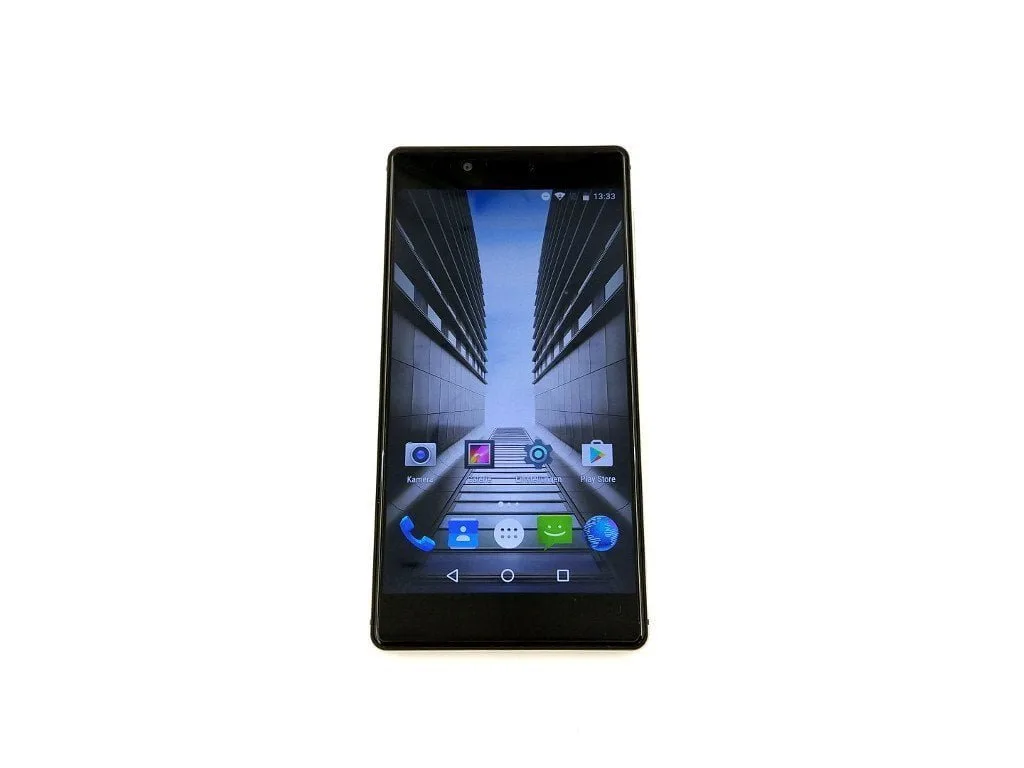
ments Apollo
VR glasses included
Attractive design
Good workmanship
Good quality display
Good everyday performance
Fast fingerprint scanner
Clean Android 6
Voice quality and VoLTE
Poor game performance
Badly optimized main camera
Weak connection and weak WiFi module
Weak range Bluetooth module
Low-performance GPS
Hybrid SIM slot
Weak speaker
Uncalibrated battery
Disappointing! With this one word can be summarized the result of several weeks of test run of the Vernee Apollo. Anyone who hopes for much from this smartphone will be (currently) bitterly disappointed and should (still) keep away from it. Although the 2K high-resolution display in combination with VR applications is certainly pursuing interesting approaches, the disadvantages of such a panel clearly outweigh its advantages. Extremely critical is the poorly optimized main camera and downright catastrophic was the non-calibrated battery. Especially on the software side there is room for improvement and one can only hope that Vernee gets rid of most mistakes.

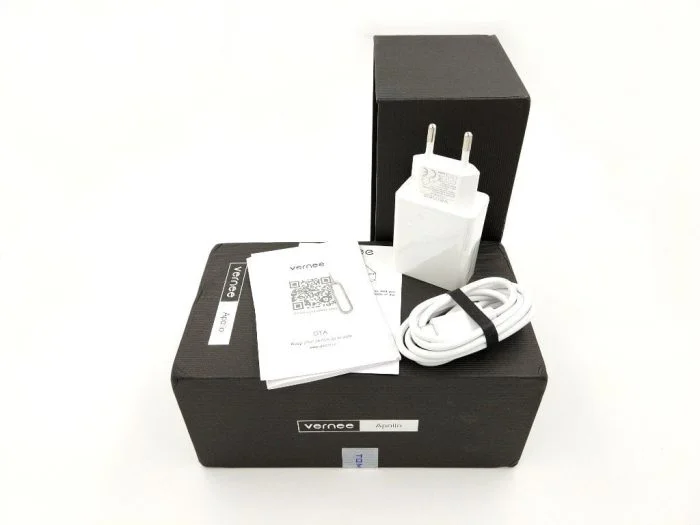
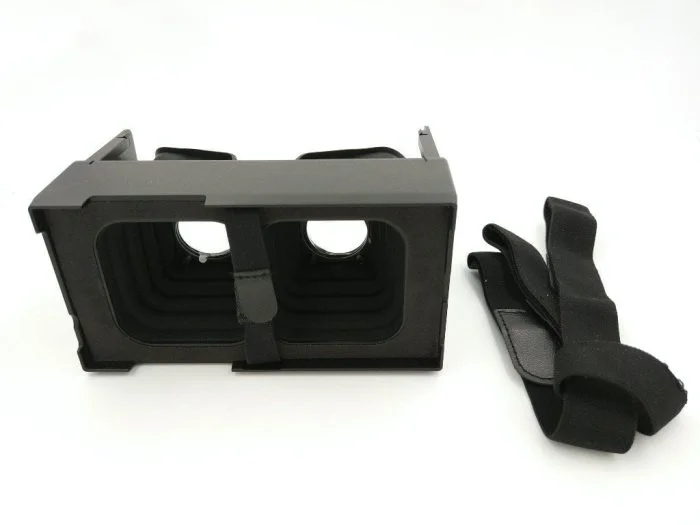
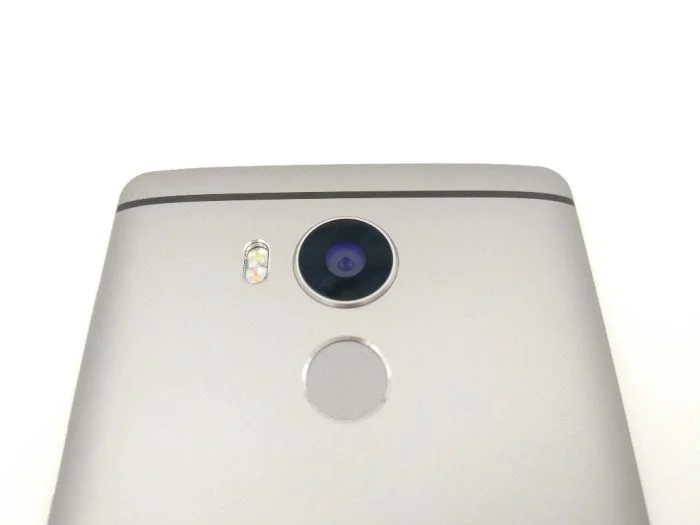
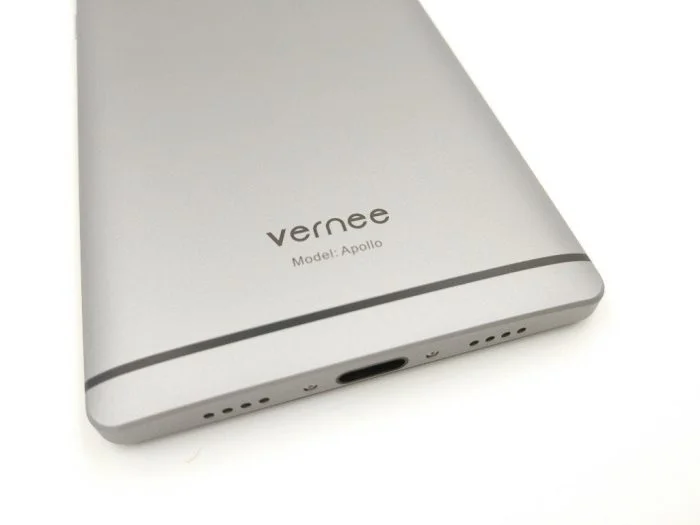
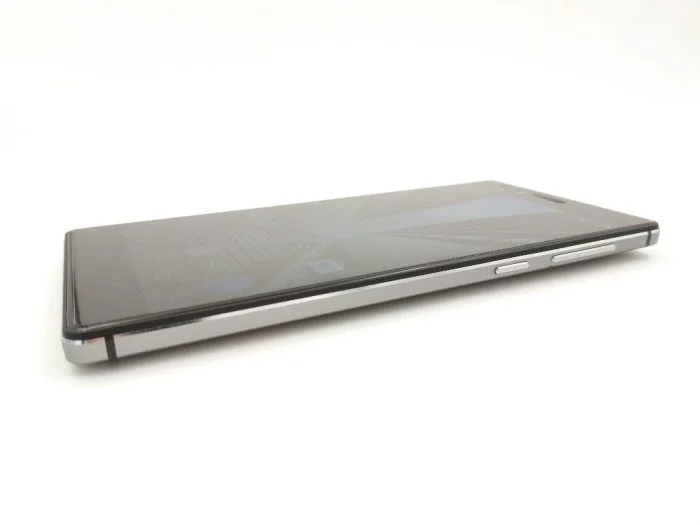
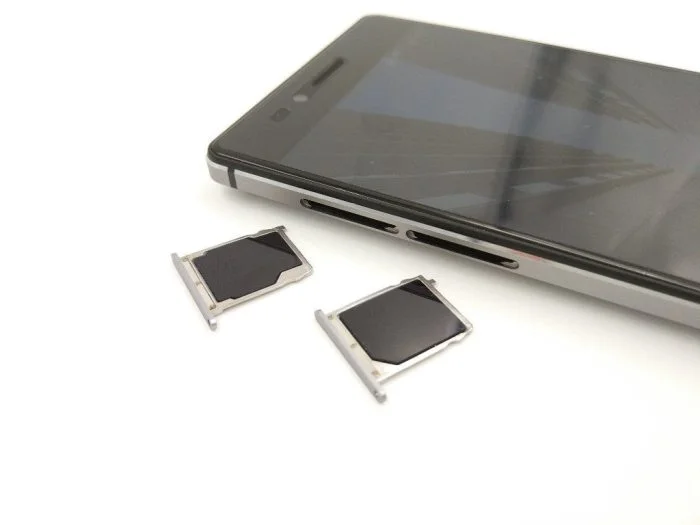
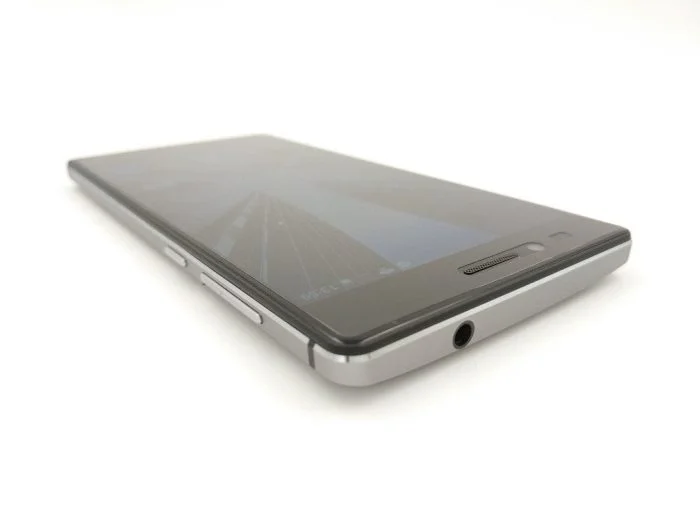


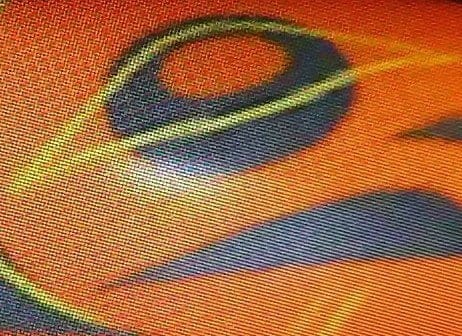
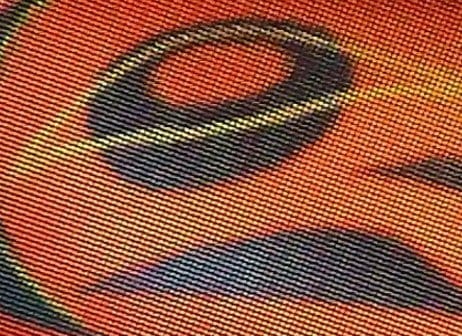
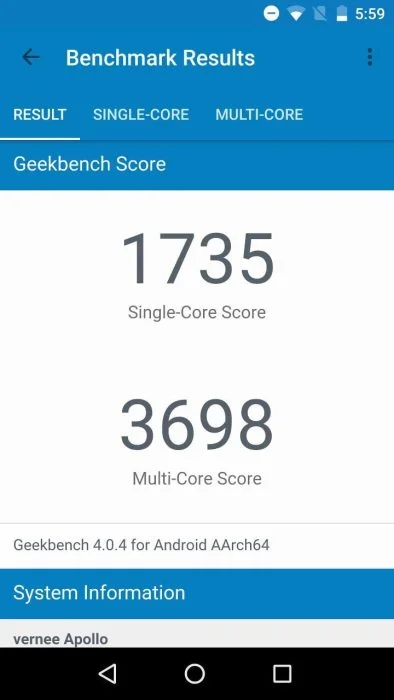
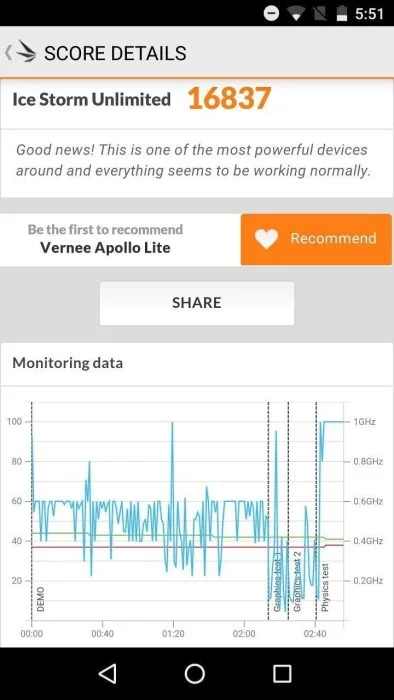
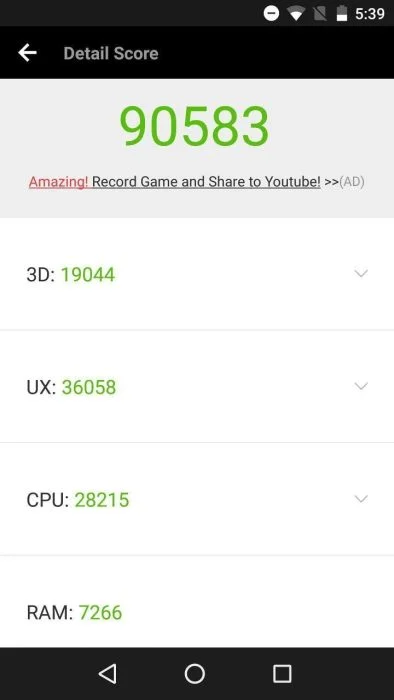
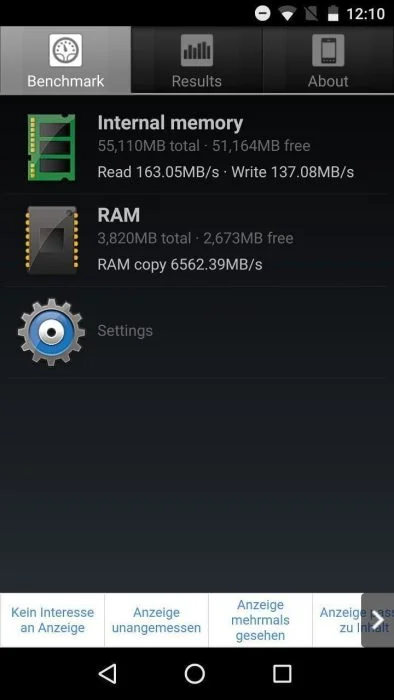
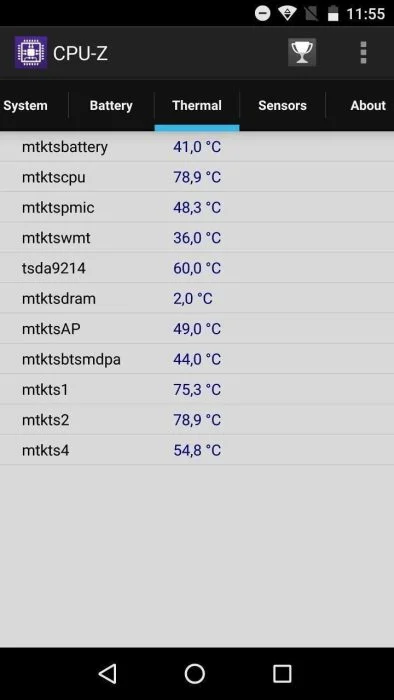


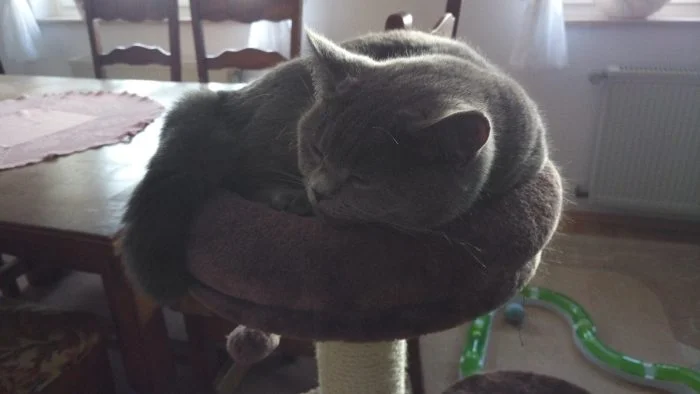




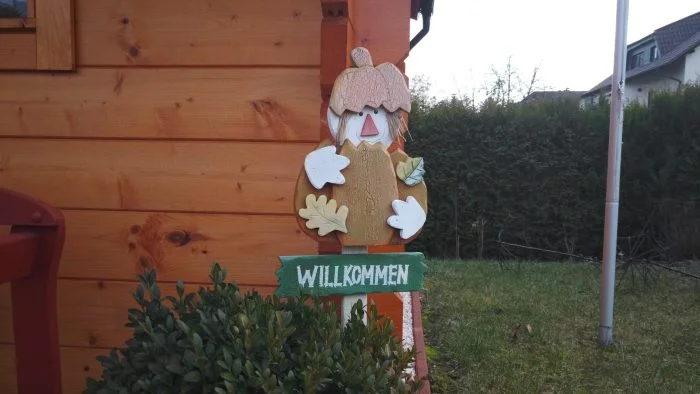
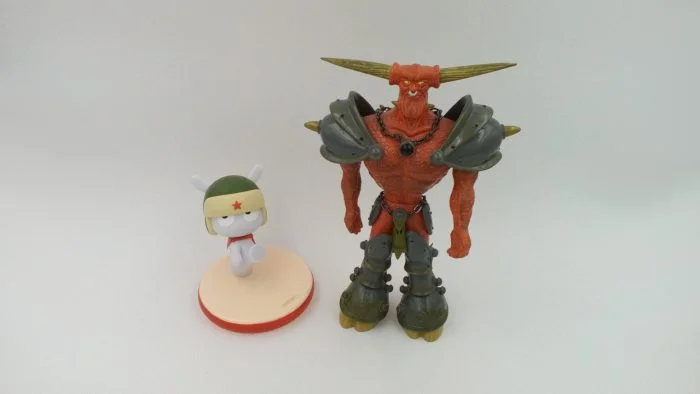

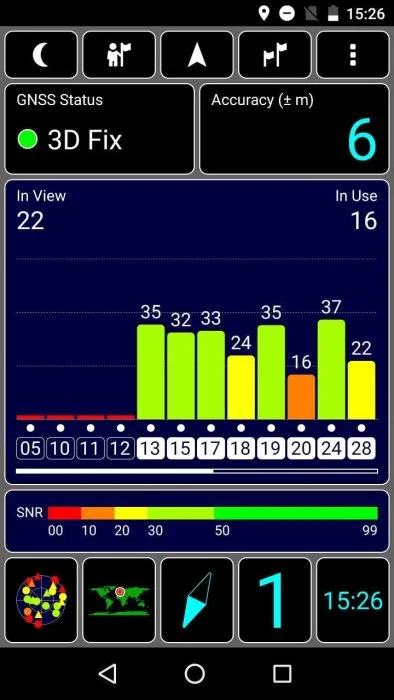

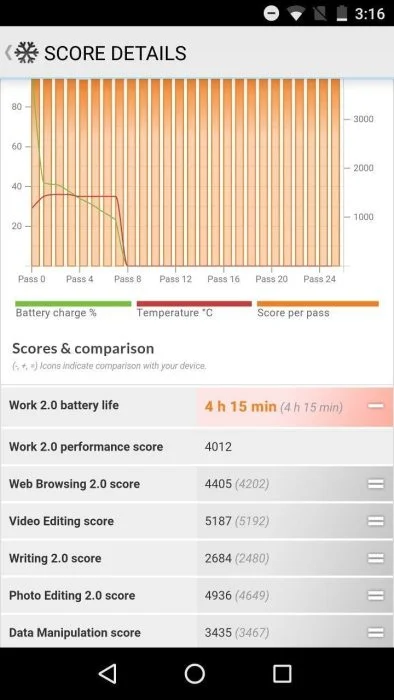




abbb
4. February 2017 22 to: 14
Hey, I don't think the pictures from the camera are that bad. But you are right, somehow there is such a gray veil over the pictures. Do you think there will be an improvement in Vernee? The Apollo has interested me since it was announced.
Timo admin
5. February 2017 10 to: 41
Hi, Vernee can get a lot more out of the main camera if you optimize the software. The Sony IMX230 is not a bad image sensor and neither is the built-in lens. The software is just badly tuned, which is why the camera currently does not deserve any more points. It is not yet possible to say whether Vernee will publish great improvements.
Gamazine
18. March 2018 22 to: 24
I bought a criminal Apollo Lite once. The smartphone is not bad. The really bad thing is the empty promises made by the criminal company. To date, no Android 7 has appeared for it, although this should appear about 1 1/2 years ago. Strangely, even the modders worked faster and now released Android 7 and 8 as Rome.